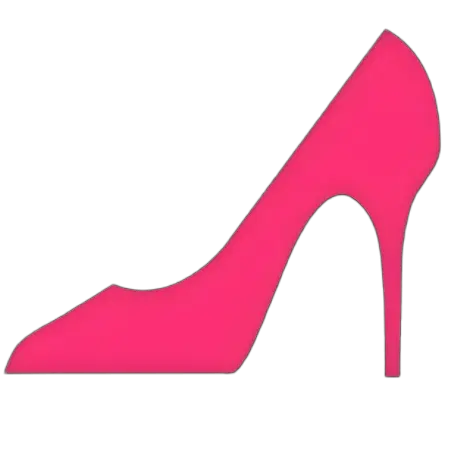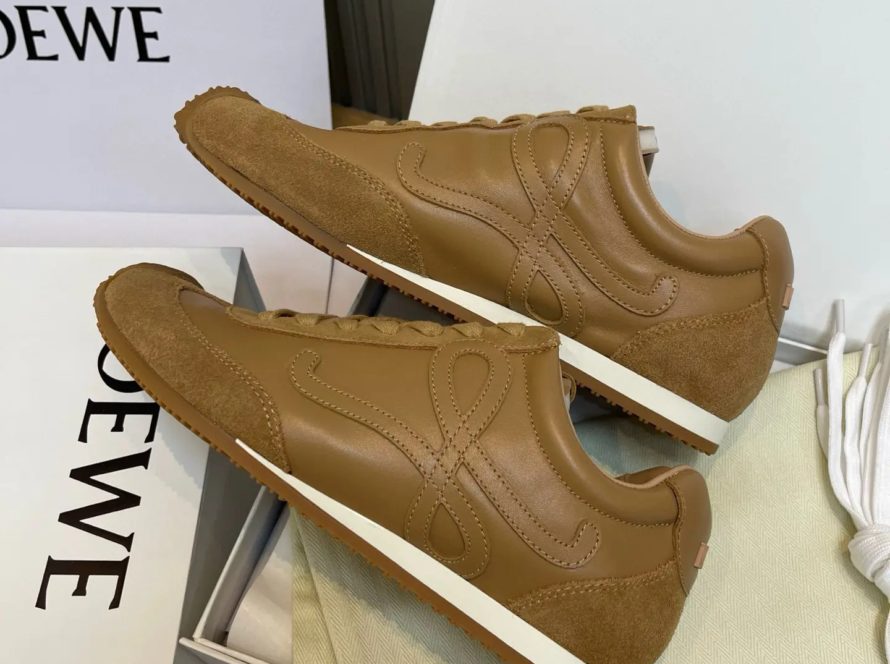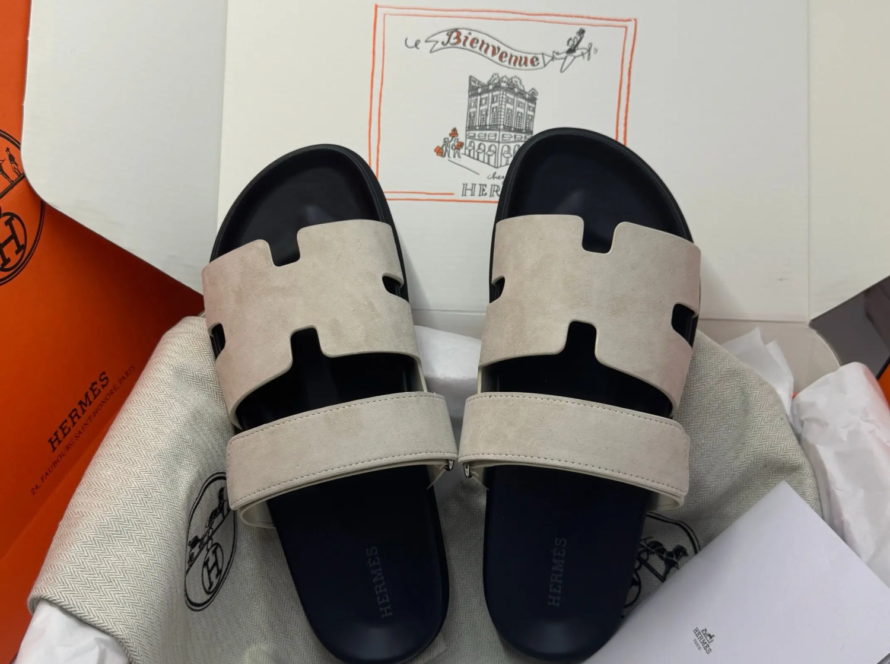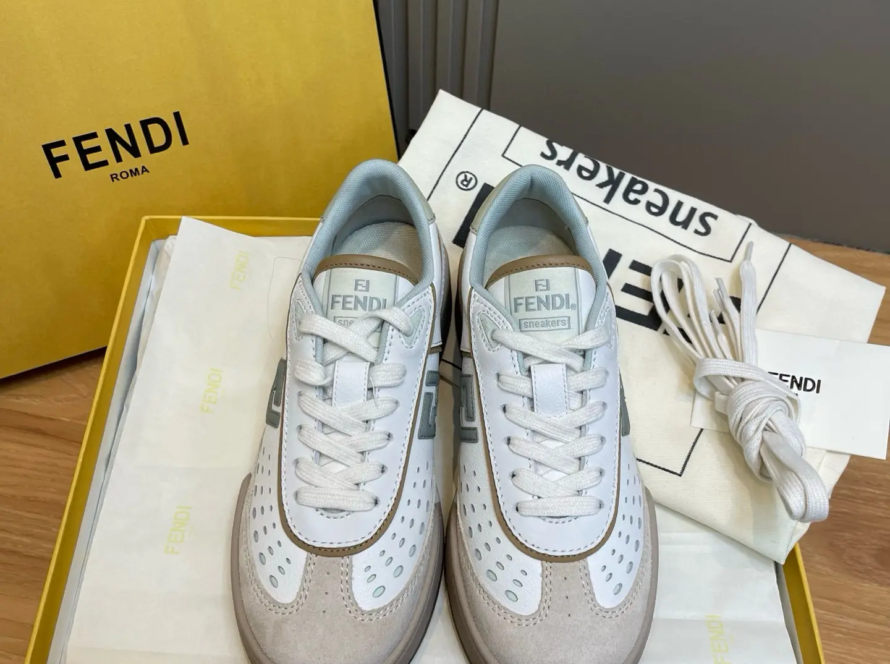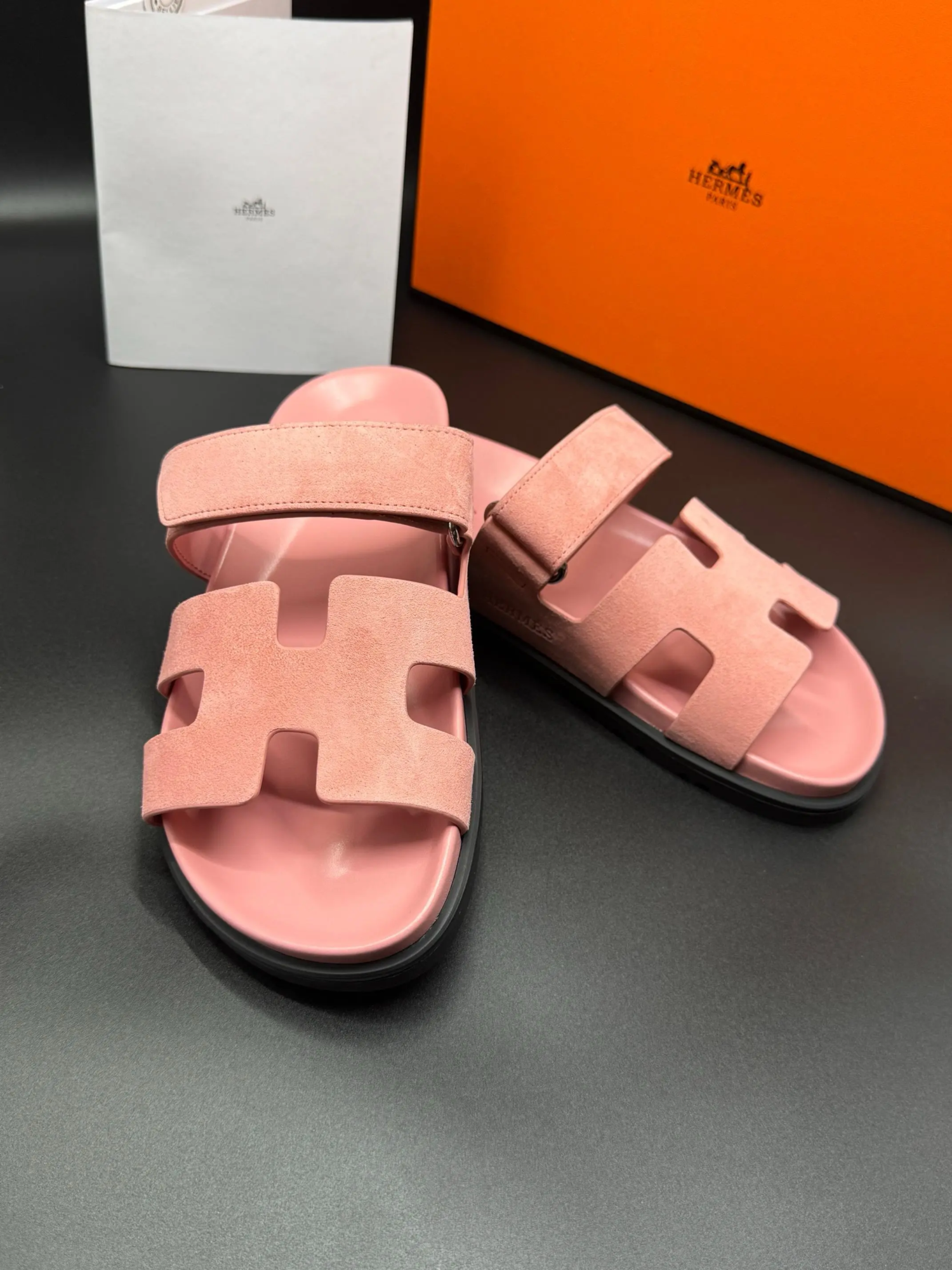
The mystery of Toga shoes: Avant-garde meets the craftsman’s proficiency
In the luxurious world of luxury footwear, few names are like Toga shoes. Favorite Japanese label sub-brand robeFounded by visionary designer Yasuko Furuta, Toga shoes go beyond the trend and offer discordant harmony of rebellious art and critical craftsmanship. For connoisseurs who identify collectors and custom-made, these are not only shoes, but also wearable sculptures, oppose classification, challenge conventions and command attention.
Philosophy: Deconstructing the Boundaries
Toga shoes reject binary "Classic" relatively "experiment." Furuta’s design stems from a complex dictionary of influence: the structured minimalism of Japanese architecture, the original energy of Tokyo underground scenes, and the timeless elegance of European haute couture. Each collection is a narrative, a conflict of intentional texture, proportion and cultural reference. High heels may be reimagined with industrial rivets. Derby shoes are deconstructed to reveal asymmetric patent leather and hand-dyed silk. This is a shoe provocativebut it must be executed precisely, so that it is inevitable.
Artistic: Alchemy of materials and technology
What separates Toga shoes from merely luxury goods is an obsessive commitment to artisans. Each pair is a proof of three pillars:
Material witchcraft
Toga information is just the most unique leather – Benetti Tannery from Italy, Iridescent Python’s calves morally cultivated in Thailand, and even recovered kimono silk from Kyoto. Furuta treats these materials with alchemy: Leather can be hand-distributed to mimic urban attenuation, or metal foils are fused onto suede for a melting effect. The result is tactile storytelling – a bed willing to touch, study and admire.Building structure
Working with master shoemakers in Milan and Osaka, Toga uses technology that is usually reserved for high fashion studios. Think of hand-ground high heels, Goodyear’s soles grinded soles polished to a glassy finish, and asymmetric cuts that require hours of skating. Even the lining (often overlooked) lining calfskin makes it immediately wear onto the wearer’s feet.- Customized alchemy
For elite customers, Toga is obsessed with quantitative service boundaries. Measurements were performed during a private consultation in Paris or Tokyo, followed by fabric sampling and iterative prototyping. Customers may request carving from monogram insoles with recycled teak or 24k gold leaves. The process takes 6-8 months and eventually reaches a pair elsewhere on Earth.
Cultural dish: Royals and rebels dressed
Toga shoes thrive at the intersection of high-end art and subculture. They show her on Rihanna’s feet be opposed to The tour was spotted on a K-Pop phenomenon like G-Dragon and walked the runway on the Louis Vuitton display cabinet in Virgil Abloh. However, they are equally respected by architects, avant-garde dancers and CEOs who wear them as secret identification badges. Limited edition drops (such as a collaboration with artist Hajime Sorayama, with robot-inspired metal finishes – stand out in minutes, thus enhancing their status as collectible artifacts.
Investment value: Directly surpass
While the Toga shoes’ command price is similar to fine jewelry (the ready-to-wear pair starts at ≈1,200 and customizes over $6,000), its value is appreciated. Rare archival styles (such as FW2016 “Layered Warrior” boots), now three times the auction house trades. Unlike mass-produced luxury logos, Toga’s limited run (usually fewer than 50 pairs per style) ensures exclusivity. For collectors, having a pair similar to getting a Kusama sculpture: a tangible cultural currency.
Conclusion: A quiet revolution
Toga shoes represent a quiet rebellion against fashion ephemeral. They are buildings that have lasted for decades in architectural and conceptual relevance. For those who are tired of status symbols, they offer an alternative: daring to be intellectual, confrontational and breathtakingly beautiful footwear. In a world full of noise, toga whispers – but those who listen become devotees of life.
FAQ: Decode toga shoes
Q: Where can I buy Toga shoes?
A: They are only available in flagship Toga boutiques in Tokyo, Paris and New York, as well as avant-garde retailers such as Dover Street Market and Ssense. Online, avoid third-party sellers; forged models rampant.
Q: Are Toga shoes comfortable to wear?
A: Surprisingly, yes. Despite their aggressive profile, ergonomic durability and cushioning insoles ensure support. Custom pairs make multiple accessories to eliminate pressure points.
Q: How does customization work?
A: The client starts with a style consultation (virtual or face-to-face), from leather type to high heel height. 3d foot scan ensures accuracy. It is expected to be 4-6 accessories within 6 months.
Q: What is the best way to care for Toga shoes?
A: Use pH neutral leather conditioner every month. Store them in breathable dust bags and never in direct sunlight. For metal or painted finishes, consult Toga’s Artisan Studio for professional care.
Q: Do they offer vegan or sustainable options?
A: Although not completely vegan, Toga uses recycled metals and upgraded textiles in many designs. Their Python and crocodile skin are certified and traceable.
Q: Why are the sizes inconsistent across styles?
A: Each design uses the unique last one (foot mold). Japanese sizes are usually small; we recommend an increase in size of 0.5 for European feet.
Q: Can I reinstall toga shoes?
A: Absolutely – Their Goodyear glass soles are replaceable. Return them to the flagship store for factory services, which restores original integrity.
Q: What is the definition "Can be collected" Toga design?
A: Look for exclusivity styles for the track, artist collaboration or materials such as hand-blown glass heels. Limited edition numbers are laser etched inside the tongue.
For those who see fashion as intellectual exploration, Toga shoes provide a portal for the king’s world, and qualified is outdated. Essentially, they are the footwear of the future – designed by a visionary, carefully crafted by the master, and worn by the icons.
